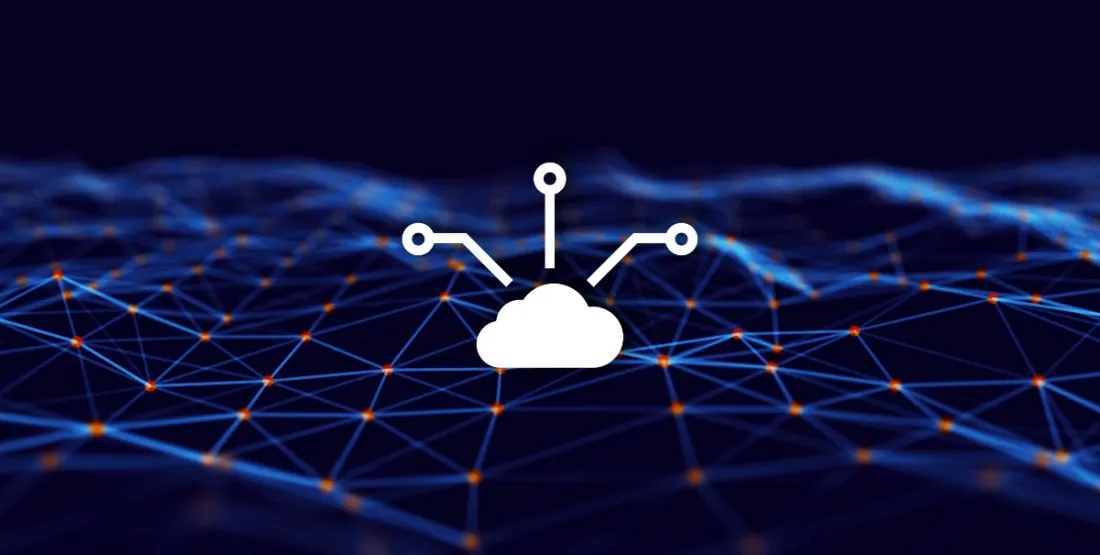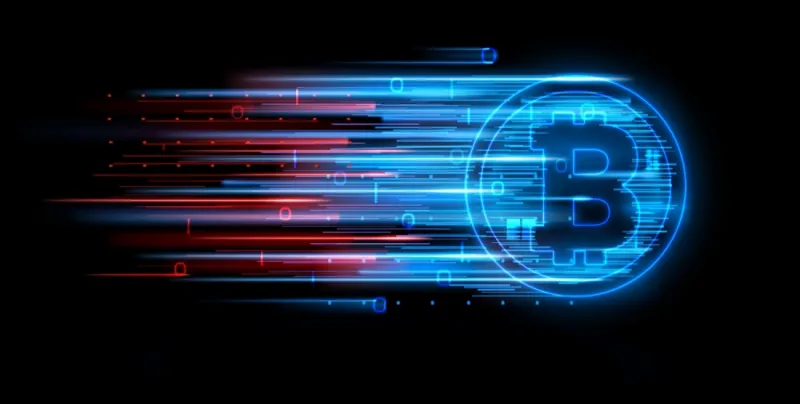Edge computing and 5G: what is it’s purpose?

Have you heard of “novelties” such as autonomous vehicles, automated production lines, e-health or smart cities and still feel “nothing” is happening? Technological problems are serious reasons why the innovations are “late”.
Edge computing is the solution to the lack of computing power as close as possible to the place of need, instead of a remote cloud. 5G is a solution to the needs of high transfer rate, low latency and the ability to provide connectivity to a large number of devices, which will grow rapidly in the coming years.
What is Edge computing?
Currently, applications are operated far from the place where the application is used. Data centers are located in several places on the continent, serving requests from places as far as ten thousand kilometers away, which in practice translates to hundreds to thousands of milliseconds in response time. This is unacceptable for applications that are sensitive to delay and require server responses within tens of milliseconds.
For these scenarios, there will be small data centers located (only where it will be cost-effective) in the so-called last-mile infrastructure, which means that the communication will take place within kilometers, which will allow the desired response delay to be achieved. For example, you will receive information about the current traffic situation from the mobile operator's base station next to the motorway, instead of the data center in Sweden.
Source: Youtube.com.
What is 5G?
Years ago, mobile operator ads were full of 4G (LTE) and mobile Internet download speeds achieved impressive results. However, time is moving forward and demands are constantly increasing. Therefore, new communication standards, known as 5G or as the fifth generation of mobile connection, have been in development for several years. It is assumed that if 5G does not dramatically increase the maximum transmission speeds per device compared to 4G (LTE), it will certainly bring the possibility of connecting billions of new devices and reducing latency (delay) to Wi-Fi levels, i.e. milliseconds.
Refrigerators, washing machines, cars, toothbrushes, coffee makers, field probes, parking space sensors, streetlights and many other devices will be gradually connected to the Internet and 4G does not have the capacity to do so. Imagine four 30-ton heavy trucks racing along the highway at 80 km/hr with only 10 metres of distance for the lowest possible consumption, all driver-free. If the first truck in a row uses emergency braking due to an impending collision, the other vehicles must know about the braking as soon as possible in order to also start slowing down. And every millisecond counts.
Source: Youtube.com.
How far is edge computing?
At the end of 2018, Ericsson launched cooperation with 80 partners in various parts of the world, with whom it operates 22 locations offering edge computing services. Learn more HERE.
How far away is 5G?
During 2018 and 2019, preparations and auctions are underway in the US and the EU for rights to use the necessary frequencies for communication in these regions. This implies early deployment, as the prices for such rights are high and the companies that receive them will want to invest back. Learn more by clicking on this link .
Do you think the future is far away? Or are you getting ready for tomorrow?
Technological innovation is growing every day and changing the world of business, as well as everyone in the world. You can wait for the headlines of tomorrow's newspaper or start writing the headlines of future editions with a technology and innovation partner like Touch4IT.



